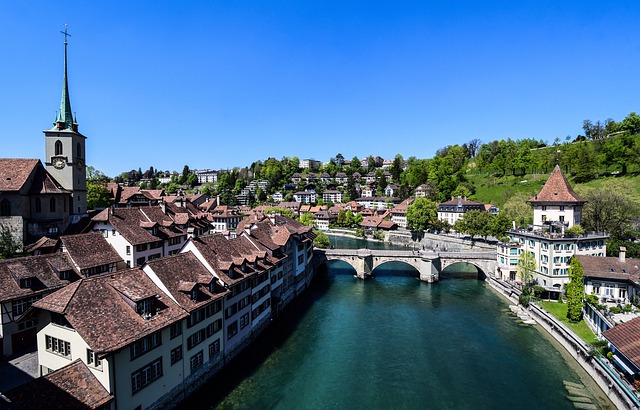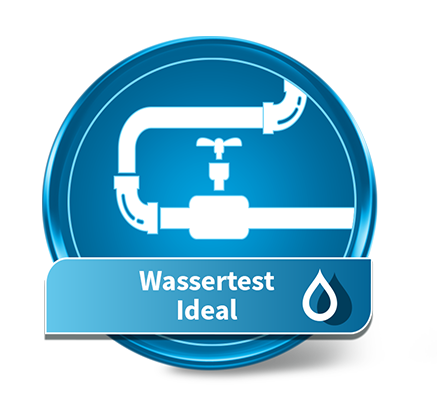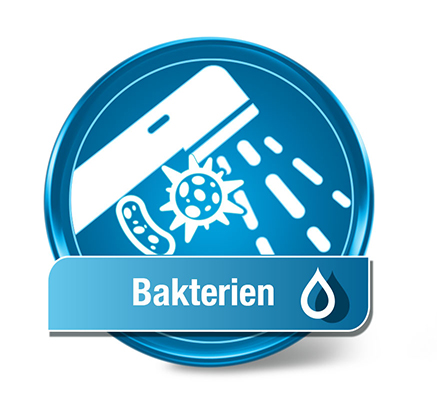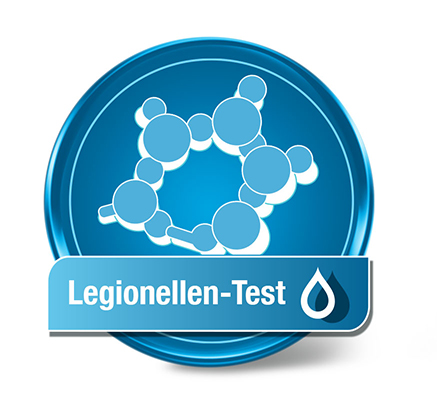- Water tests
- Air and pollutants analysis
- Mold analyses
- Asbestos analyses
- Rapid tests
-
Knowledge
- Further news
- Analysis made easy
- Tap and drinking water in Switzerland
- Facts about Indoor Air
- Facts about Mold
- Facts about Asbestos
-
Water quality in Switzerland
- Water Scarcity and Water Quality
- Drinking Water in Switzerland
- Tap Water in Switzerland: Quality and Controls
- Drinking Fountains in Switzerland
- Water Quality - Canton Basel
- Water Quality - Canton Bern
- Water Quality - Canton Geneva
- Water Quality - Canton Zurich
- NEWS: Zurich Drinking Water Map
- Drinking Water - City of St. Gallen
- Water Quality - City of Baden
- Water Quality - City of Bern
- Water Quality - City of Zurich
- Water Analysis - City Lucerne
- Water Quality - City of Winterthur
- The Water Supply of the City of Thun
- Initiative for Clean Drinking Water
- Nature's Thirst Quenchers: Fountains and Springs on Your Hike
- Partnership with WATER FOR WATER (WfW)
- Help & Services
What Is the Water Quality in the City of Bern?

The drinking water in Bern, the federal city of Switzerland, meets the highest quality standards. The Water Network Region Bern (WVRB) supplies over 210 000 people in Bern and the surrounding municipalities. Distribution within the city and the maintenance of public fountains are managed by Energie Wasser Bern (EWB).
Quality Management and Protection Measures
- Continuous water testing by WVRB and the City Laboratory of Bern
- Use of sensitive bitterling fish as a biological early-warning system
- Reduced agricultural activity in water protection zones
Water Distribution
All municipal buildings are connected to EWB’s water network, which ensures supply of drinking, firefighting, and utility water. Regular maintenance, inspections, and pipe renewals guarantee consistently high water quality.
Tap Water in Bern – Quality from the Faucet
- 65 % of Bern residents drink tap water several times a day.
- The water is perceived as particularly tasty and rich in minerals.
- It saves money, energy, and reduces plastic waste.
- Supplying tap water uses just one-thousandth of the energy required for bottled mineral water.
Public Drinking Fountains
In Bern’s old town there are 36 of the total 102 maintained fountains supplying fresh, chemical-free drinking water. For locals this is normal— for many tourists a pleasant surprise.
Water Quality at a Glance
- Sourced from groundwater in the Aare Valley and Emmental
- Usually no additional treatment needed thanks to exceptional purity
- Distributed via a reservoir system directly to households
Note: The Last Meter Matters!
The utility’s responsibility ends at the house connection. Pipes and fixtures inside the building are the owner’s responsibility. Contamination by legionella, coliform bacteria, or heavy metals is possible—especially in older installations. Regular self-testing with a water analysis is recommended for risk groups.
Analysis Values of Bern Water
Water values vary slightly by district since supply comes from the three regions of Belp-Aaretal, Emmental, and Kiesen. Nevertheless, all values remain within safe limits and are comparable to high-quality mineral water.
- Magnesium: 5.4–9.7 mg/L
- Calcium: 64–73 mg/L
- Sodium: 3.5–4.5 mg/L
- Nitrate: 4.8–6.0 mg/L
- pH: 7.6–7.7
- Hardness: 20–30 °fH (11–17 °dH)
Sources
✔ Heavy metals and pollutants
✔ For general drinking water, softeners
✔ Heavy metals and contaminants
✔ Separate bacteria test recommended
✔ Analysis for lead also included
✔ Separate bacteria test recommended
✔ Focus on bacterial contamination
✔ For general drinking water, softeners
✔ Risk of transmission during showering
✔ Causes Legionnaires' disease
✔ Most common contaminants
✔ Bacteria analysis available separately
✔ 12 common pharmaceuticals
✔ e.g., diclofenac, ibuprofen
✔ Most common pesticides
✔ Glyphosate separate analysis
✔ E. coli, coliform bacteria
✔ Enterococci
✔ 20 common PFAS chemicals
✔ Per- and polyfluorinated alkyl substances










